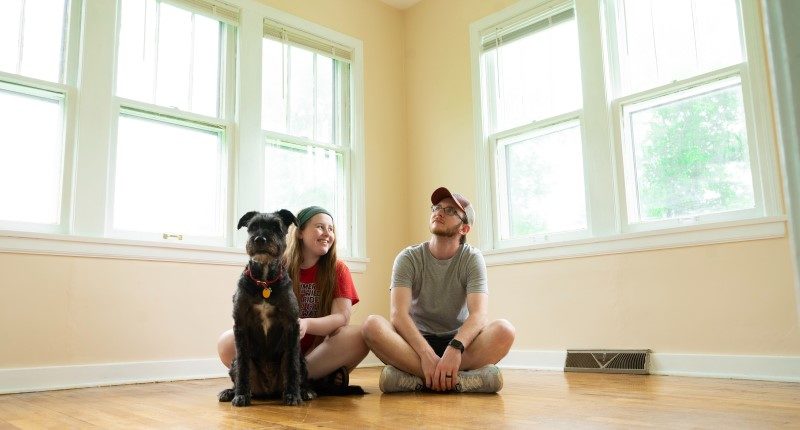
- Four of twelve priorities for the upcoming Federal Budget relevant to first home buyers
- Mortgage interest deduction could save buyers up to $4000 per annum
- Using super towards homes and expanding the First Home Loan Deposit Scheme are other ideas
Recently we reported on the Real Institute of Australia (REIA) identifying 12 priority areas for the upcoming May 2021 Federal Budget.
Four priorities are relevant to first home buyers, so now we take a deeper look into what measures REIA think the federal government should implement to address the issue of housing affordability in Australia.
The report makes note of the 2020 Retirement Income Review which remarked that homeownership is the “most critical plank of retirement security” emphasising the importance of giving as many individuals as possible the chance to buy a house.
Tax-deductible mortgage interest rates
Firstly, REIA believes interest rates for first home buyers should be tax-deductible.
A similar scheme is currently available in at least six other OECD nations.
REIA President Adrian Kelly believes if this measure is introduced, first home buyers could see a benefit of $4,000 per year. In total, this would assist approximately 15 per cent of potential buyers, based on figures from the National Housing Finance and Investment Corporation (NHFIC).
Another advantage of implementing such a policy is that market entrants aren’t necessarily disadvantaged to investors – who, unlike residential home buyers, can have some tax incentives and advantages up their sleeves.
The REIA has suggested this measure should be capped or be time-limited.
Access to voluntary super payments for first home buyers
Another priority is to give first home buyers access to any voluntary contributions and earnings they make to go towards purchasing a home.
In 2017, the First Home Super Saver Scheme (FHSS) was introduced as a way to reduce the pressure housing affordability. It allowed potential buyers to save faster by making voluntary concessional and non-concessional (ie before and after-tax) contributions into your super fund. Up to $15,000 of voluntary contributions can be made in one financial up to a total of $30,000 across all year.
REIA, however, want this scheme expanded significantly to include any voluntary contributions and earnings.
The document cites Canada, the Netherlands and New Zealand as three nations that presently have such a system like this in place.
Expansion of the FHLDS
REIA calls for the First Home Loan Deposit Scheme to be expanded as a long term program by offering far more places.
The scheme allows buyers with a deposit as little as five per cent to secure a mortgage with the government guaranteeing the lender up to 15 per cent of the property’s value.
Usually, buyers with a deposit below 20 per cent have to pay lenders mortgage insurance and some lenders don’t even offer loans to such buyers.
According to NHFIC, there are 27 participating lenders in the scheme.
REIA has labelled the 10,000 per annum places currently available under the scheme as an ‘arbitrary number’ although concedes the program has been very successful in supporting first home buyers into the property market.
The document suggests more places should be available for established residences – only 10 per cent of first home buyers select new dwellings, says the REIA.
Additionally, the REIA wants the gShouldovernment to provide a cost-benefit analysis between expanding FHLDS places and lenders mortgage insurance products.
Consider transitional lending
Lastly, REIA has called for the Government to review NHFIC to see whether they could consider transitional lending to address deposit gaps for first home buyers – similar to the Keystart model.
Keystart is a transitional lender owned by the West Australian government whereby entry costs are lower, even for low deposit buyers, but encourages all buyers to refinance where they are in a better position. The twist is that their interest rates are high; at time of publication, a Low Deposit Home Loan has a variable rate of 4.54 per cent and 4.63 per cent comparable rate based on a 30-year loan.
Legislation surrounding the NHFIC is scheduled for a review this year.







